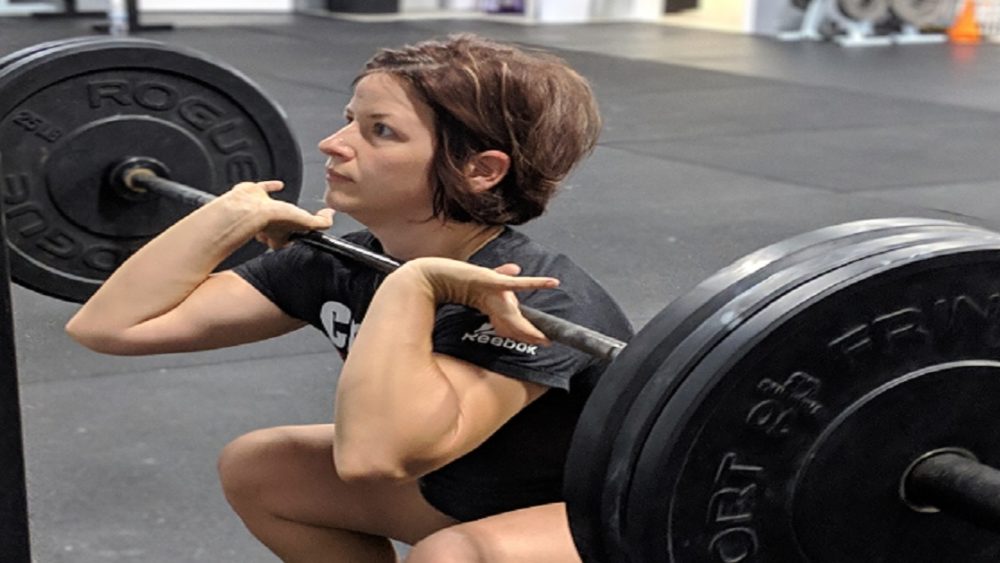
People love the idea of having abs. They always seem to think that someone with a visible 6 pack is the poster child of someone who is fit and has a strong core. While this may be true in some cases, I promise it is the exception, not the rule. A very simple way to tell is the person’s front squat. Can they front squat their bodyweight at least? A better test would be at least 1.5x bodyweight. There are Olympic weightlifters, men and women alike, who routinely squat double or even triple bodyweight. These athletes can likely do a plank for 10 minutes without breaking a sweat.
The front squat is a squat in which the load is placed on the front of the shoulders. The hands are on the bar slightly outside shoulder width. The front squat is far more challenging to the anterior musculature on the body than the back squat but ask anyone with an elite front squat and they’ll tell you that it challenges all aspects of the core. The front squat is the ultimate core smasher. As an athlete squats with the bar in this anterior position, any excessive forward inclination of the bar is going to collapse the squat like a house of cards. The athlete must descend with virtually an upright torso. This places a huge demand on the extensors of the low back. In order to develop a great front squat, one must first be able to hold an air squat with a perfectly upright torso for many minutes. However, the core work doesn’t stop there. The muscles of the abdomen also have quite the work cut out for them. As the athlete descends, the momentum about the hip angle is going to widen as the athlete gets better with their front squat. This is going to cause the psoas to act in symphony with the extensors of the low back to maintain that upright torso. This in turn causes the rectus femoris of the quad to really be the primary extensor that initiates the drive out of the hole.
If you’ve ever done 5 sets of 10 on the front squat, you know that’s all the core work you need for a whole week. The front squat also places a great demand on an athlete’s flexibility. The thoracic spine, external rotation of the shoulder, hips, and ankles all get challenged in ways they simply do not in the back squat. Add in the necessity to maintain the bar in the frontal plane and you have now added a cadre of neurological components: balance, accuracy, and coordination. The front squat is also the base of the clean. Try to perform the clean without a rock solid front squat and you’ll quickly frustrate your progress there.
No strength and conditioning program is as wholesome as it could be without a great front squat. Get to it!
To learn more about the front squat, moving right, and living fit, contact us here, or text our gym line at 210.361.3114.
